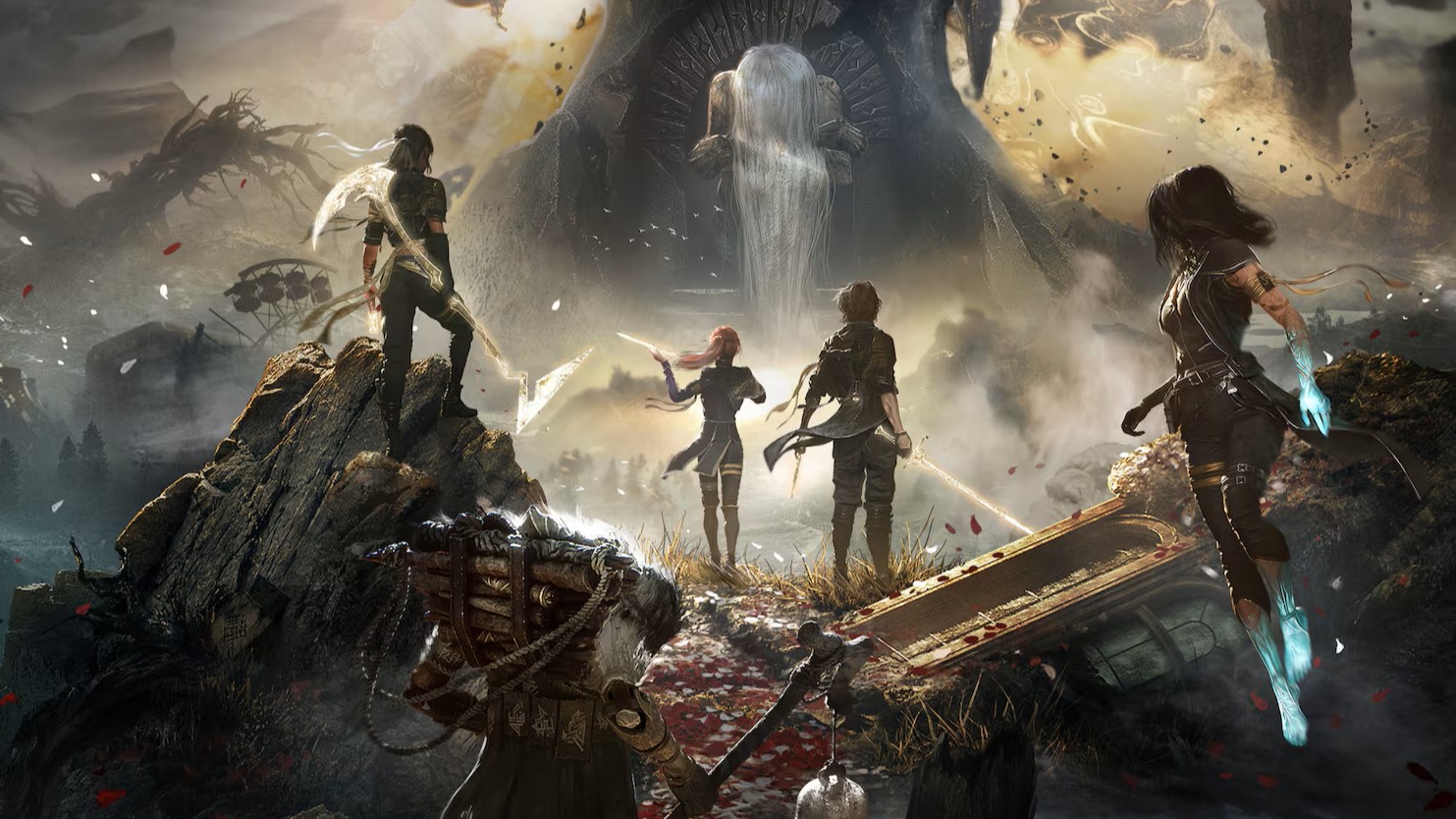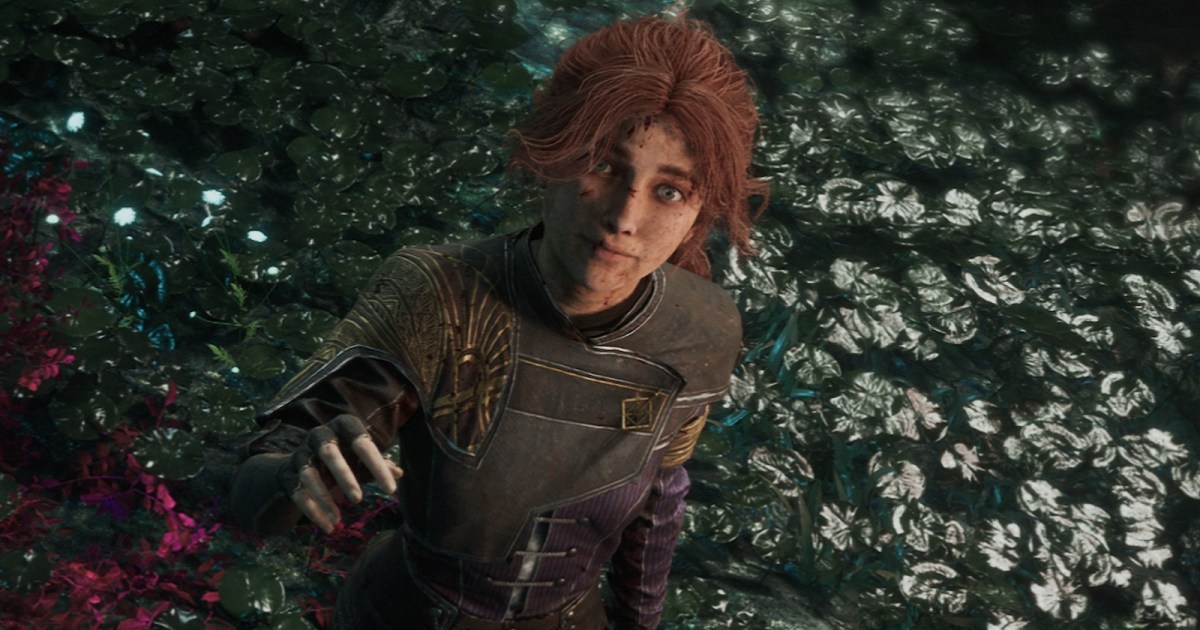Ever since its release on April 24, the gaming world has been buzzing non-stop about Clair Obscur: Expedition 33. The French RPG was instantly hailed as a generational masterpiece upon release, winning players over with its stylish visuals and impressive combat. It’s most striking quality, though, is its emotional storytelling. Clair Obscur tells a moving tale about collective grief as an expedition sets out to save humanity from an annual plague that threats to wipe out every last person on Earth. It’s a loaded story about moving forward in the face of pain that has drawn out gallons of tears from players, no doubt.
But that wasn’t the only game to launch on April 24 — nor was it even the only RPG about fighting for a better future released that day. It shared a release date with The Hundred Line: Last Defense Academy, the latest game from the team behind Danganronpa. One part visual novel, one part tactics game, The Hundred Line is incredibly ambitious in its own right thanks to its 100 endings across a gargantuan runtime. It’s not only one of the year’s best, but it’s also a perfect compliment to Clair Obscur. Both RPGs cover similar thematic territory in very different ways that are both indebted to video game history. If your Clair Obscur playthrough is starting to wind down, The Hundred Line is the perfect chaser. I’d even go as far as to argue that it’s the real main course.
Fighting for the future
The two games may not sound similar on paper, but they’re more connected than they seem at a glance. Both are about humanity’s impending death as a timer ticks down and one group’s fight to save the world. In Clair Obscur, the conflict comes from the Paintress, a mystical being who appears once a year to paint a number in the sky. When she does, it triggers an event called the Gommage, where everyone whose age is above the current number dies. The number ticks down with each year, so an expedition is sent out to try and put an end to the Paintress each year before everyone is inevitably killed.
The Hundred Line‘s impending disaster is more shrouded in mystery. When the story begins, we learn that a group of students has been assembled at a school and chosen to defend a weapon housed within it from alien invaders. The group is told that the weapon will destroy the world if it gets into the wrong hands and they must protect it for a full 100 days. That only scratches the surface of what’s really going on, as the story plays out like multiple seasons of a TV show filled with twists and cliffhangers. Think of it like an anime version of Lost. Without getting too in the weeds, humanity is on a similar path to destruction and the students only have so much time to change that.
Though both premises are incredibly bleak, each RPG is hopeful in its own way. They aren’t about succumbing to despair as inevitability approaches, but finding the will to continue the fight for a better future. And both do that by wielding the language of games in clever ways. For Clair Obscur, that idea comes through in its ode to classic RPGs. By drawing on a history of party-driven games about assembling a crew of misfit heroes, Sandfall Interactive speaks to the importance of collective action to push forward in times of pain. The crew members aren’t just battle companions, but a functional support system that’s stronger together. Successfully parrying a big enemy attack as a party triggers a devastating counter. When the active party falls in battle, the remaining ones come in for backup rather than sitting on their thumbs like so many other RPGs. And when a battle is won, a button on screen proclaims, “We continue,” driving home the idea that the team is one singular unit.
The Hundred Line is comparatively high concept in its approach. Its grand trick is that it doesn’t just take place across 100 days as it initially claims to. That initial run almost acts as an elongated introduction to the actual hook. Let’s just say that things go a little south by the end of the first 100 days which sends the once peppy group into despair. Failure seems imminent as the students anticipate their own Gommage of sorts. When things are their bleakest, players are hit with a tantalizing question: What if you could change it all? What would you do differently if you had another 100 days? That opens up the true game, in which players go back through the story and look for divergent points in the timeline that could change that ending.
What’s so smart here is that The Hundred Line leans into video game language to give players the possibility of hope. The fateful 100th day is framed as an “ending” and the one you get after your first run may just be the “bad” one. For seasoned gamers, that’s immediately tangible. I know how multiple endings function in games and know that getting a good one is entirely within my power. I just have to be willing to keep at it and figure out what I can do to get the ending that I want. We don’t get a redo in real life, but games can fulfill that fantasy. The Hundred Line gives players the power to turn back the clock and see exactly how their actions can shape the inevitable. I don’t feel down when I hit a bad ending: There are literally 100 ways that this thing can go.
As different as these two games are, that idea unites them. They are both about people facing down hopelessness as mass extinction looms and being determined enough to fight as many times as it takes. Sacrifice is central to both stories, too. In Clair Obscur, players discover logs left behind from every previous party that has died to get Expedition 33 where it is today. The Hundred Line is even more explicit about that theme, as characters can sacrifice their lives in its tactical battles to pull off a devastating attack and supercharge the team’s energy meter so everyone else can hit their own big moves. Death is framed a steppingstone in both games, a noble sacrifice that the living can use to their advantage. It’s not an ending, but rather one important action in a collective effort that’s built on courage.

Though Clair Obscur has been applauded for its emotionally gripping story, I find just as much power — if not more — in The Hundred Line. Through all of its silly one-liners and tomato-headed heroes, there’s a strong message to be found about our power to stop the inevitable. It is achievable through countless decisions that can change history even when we don’t realize they are leaving a mark in the moment. It only makes sense to explore that through a digital choose your own adventure novel where any outcome feels possible.
So, once you’re done with Clair Obscur, consider jumping right into The Hundred Line. You’ll find a rich continuation of its themes that play with the language of games even more. Neither game will save our own world, but they might make you feel a little less hopeless in this dire moment.
Read the full article here














